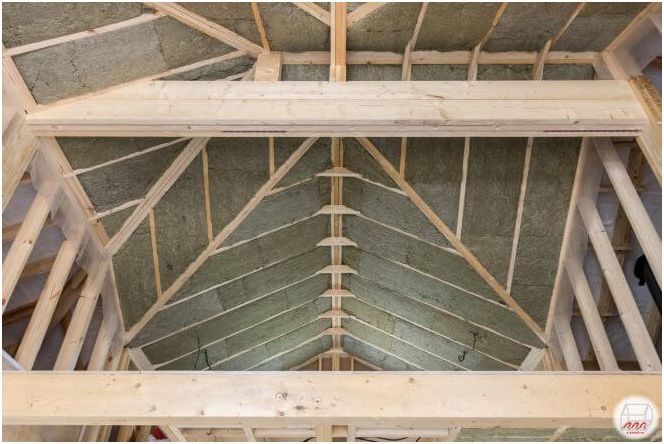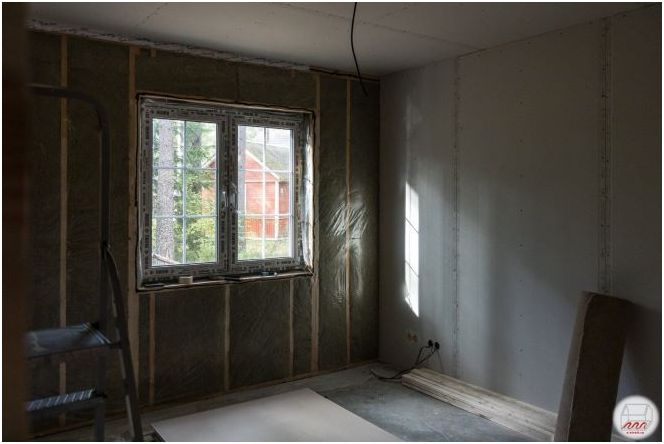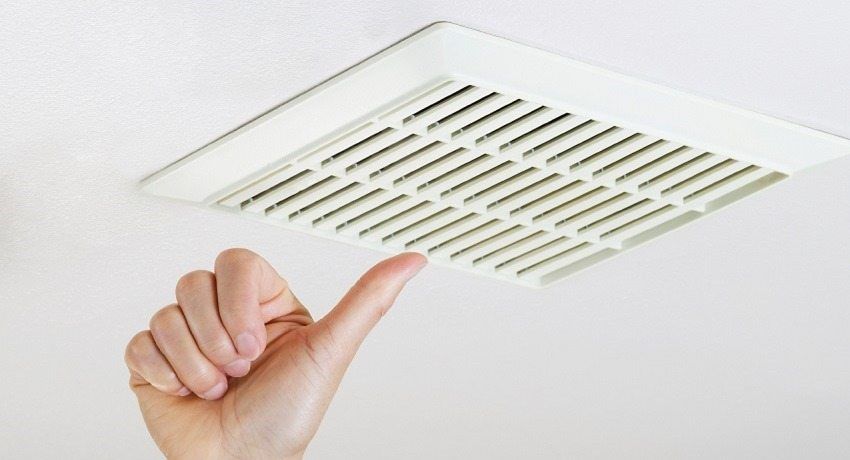Insulation of a private house is a key construction activity, both for a new and for a renovated old house. It is important to entrust this task to professionals, choose the appropriate method, as well as building materials. Do-it-yourself insulation of a private house from the inside is a rather difficult task without certain experience and skills, as a result of which, even with serious costs, you may not achieve the desired result.
Do-it-yourself wall insulation of a private house – basic information

Thermal insulation of a house is an investment in construction, which is much easier to implement in a new building and more difficult in an old one. In old renovated buildings, the building substrate is often worn out, too wet. This greatly interferes with the correct application of thermal insulation materials (they fall off more easily, poor bearing capacity of the plaster).
Therefore, when starting to insulate an old house, you must first check the bearing capacity of the plaster to see if it can maintain the insulation. A good way to check this is to rinse the plaster with water, if it starts to make sounds, it means that it is fragile and not suitable for insulating a building..
Warming a house with expanded polystyrene – step by step
This is one of the most common solutions in the construction industry. Installation of polystyrene foam boards is carried out using a special adhesive solution. It usually boils down to the following steps:
- installation of a plinth;
- applying a special solution to the slab, which should be distributed over 40-50% of the slab surface;
- pressing the polystyrene plate with the part with the adhesive applied directly to the wall;
- removal of excess adhesive solution after pressing the board against the wall.
Consecutive layers should be applied in this sequence using the “passing pattern” method. Therefore, it is worth maintaining the offset between successive plates by at least half the length of the plate. For permanent installation, polystyrene foam boards can also be fixed to the walls of the building using special mechanical fasteners.
Expanded polystyrene is also used to insulate old buildings. Here, before starting work, it is extremely important to make sure that the walls of the building are dry. If this is not the case, then first of all they need to be dried, and only then the building should be insulated. Sometimes, before installing EPS boards on old walls, it is necessary to chop off the old plaster and apply a new one. Only then can you begin to mount polystyrene foam. In this case, the cost of work increases, it is necessary to simultaneously insulate and plaster the house.
House insulation with polyurethane foam

This is an innovation in construction. This method consists of spray application of special open cell polyurethane foams for thermal insulation of buildings. This method is recommended as it guarantees the complete tightness of the walls. The use of spraying technology ensures an even distribution of the foam, the creation of a uniform layer, and the absence of gaps on its surface. Finally, it is a foam material that resists all kinds of abrasion, so it protects every building very well against heat and cold losses..
Do-it-yourself insulation of a private wooden house

There are several ways to do this. The most common way is to overwrap a wooden house with new boards, which guarantees its proper protection. You can also insulate a building made of wood with polyurethane foam. Many branded foams are distinguished by the fact that they also adhere well to wood. At the same time, the foam is light, so it does not overload wooden walls. In practice, do-it-yourself insulation of a private house outside with your own hands occurs by cladding the walls with mineral wool and new wooden boards.

